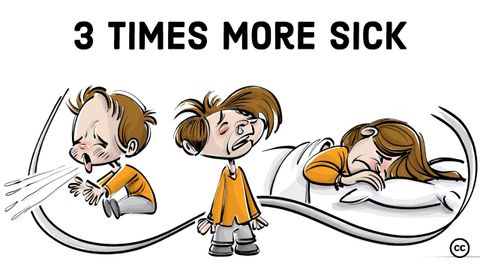幼稚園が健康に与える影響【愛着理論の応用 (How Kindergarten Affects Your Health [Attachment Theory Applied])
VoiceTube が 2024 年 08 月 21 日 に投稿  この条件に一致する単語はありません
この条件に一致する単語はありませんUS /ˈvʌlnərəbəl/
・
UK /ˈvʌlnərəbl/
- adj.攻撃されやすい;弱い : 脆弱な;傷つきやすい;説得されやすい;保護を必要とする : 弱い立場;批判されやすい;(ブリッジで)脆弱な
US /æŋˈzaɪɪti/
・
UK /æŋ'zaɪətɪ/
US /ˈprɑsˌɛs, ˈproˌsɛs/
・
UK /prə'ses/
- v.t.(コンピュータの)データを処理する;処理する;処理する;一連の工程を経る;加工する : 加工処理する;理解する
- n. (c./u.)手続き;一連の行為;方法;訴訟手続き;プロセス (コンピューター)
エネルギーを使用
すべての単語を解除
発音・解説・フィルター機能を解除
